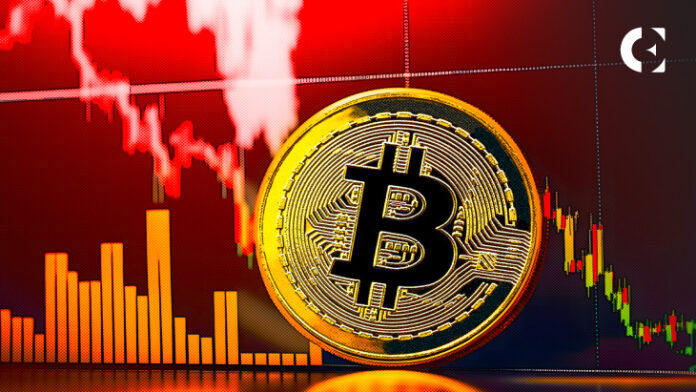- Bitcoin’s third halving triggered a shift in supply dynamics, leading to the growing scarcity and altered HODL behavior.
- The illiquid supply of Bitcoin is now outpacing the rate of new supply issuance, marking a historic inflection point.
- This transition from abundance to scarcity has the potential to disrupt the theory of diminishing returns and may result in higher returns for investors in the future.
In a historical event known as the third halving that took place on May 11, 2020, Bitcoin experienced a shift in its supply dynamics, leading to a growing scarcity and altering HODL (Hold on for Dear Life) behavior. A recent report explores the on-chain methods utilized to measure HODL behavior and delves deeper into the implications of the third halving.
As per the report, one method employed to gauge HODL behavior is examining the age of coins. Historical data reveals that coins are less likely to be spent after five months of holding unless there is a substantial price surge. This five-month cutoff enables the classification of Bitcoin’s supply into Short-Term Holders (STH) and Long-Term Holders (LTH).
Another approach reportedly involves analyzing spending behavior rather than time. Entities holding over 75% of the Bitcoin they possess are deemed illiquid, while those spending more than 25% of their holdings are considered liquid, irrespective of the duration of ownership.
Both Long-Term Holder (LTH) supply and illiquid supply serve as proxies for measuring HODL behavior, with the former being more sensitive to price fluctuations and the latter offering a more stable signal, says the report.
Notably, during a parabolic price rise, LTHs tend to sell portions of their holdings, impacting LTH supply but not illiquid supply. This discrepancy arises as new holders entering the market during such price surges compensate for the loss in previously classified illiquid supply, thereby maintaining a steady signal.
With illiquid supply expanding at an accelerated pace and circulating supply flattening after each halving, the report concludes that illiquid supply growth may eventually outpace new supply issuance.
This phenomenon, known as the “HODL model hypothesis,” suggests that the third halving marked a crucial turning point where the illiquid supply of Bitcoin started surpassing the rate of new supply issuance.
Observing the gap between illiquid supply and new supply issuance, it becomes apparent that it is widest at the third halving and narrows down towards the fourth and fifth halving. This shift is to be noted as it marks a transition from Bitcoin becoming more abundant to Bitcoin becoming scarcer.
This newfound scarcity has the potential to disrupt the theory of diminishing returns and potentially yield higher returns in the future.
However, it is essential to consider the forces at play. On the one hand, the growing market capitalization exerts downward price pressure and may increase the likelihood of diminishing returns. On the other hand, the scarcity of Bitcoin puts upward pressure on its value.
As the third halving brought a new era of scarcity and altered HODL behavior, the importance of Bitcoin’s invention of digital scarcity becomes ever more apparent. Whether scarcity will ultimately dominate or if other factors will come into play, only time will reveal the true trajectory of the world’s leading cryptocurrency.
Last month, experts strongly advised investors to accumulate altcoins in anticipation of the forthcoming Bitcoin Halving. Data from the past three halvings in 2012, 2016, and 2020 has demonstrated bull runs that propelled Bitcoin to reach all-time high prices.
Disclaimer: The information presented in this article is for informational and educational purposes only. The article does not constitute financial advice or advice of any kind. Coin Edition is not responsible for any losses incurred as a result of the utilization of content, products, or services mentioned. Readers are advised to exercise caution before taking any action related to the company.










